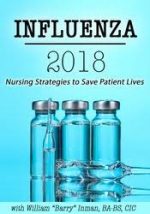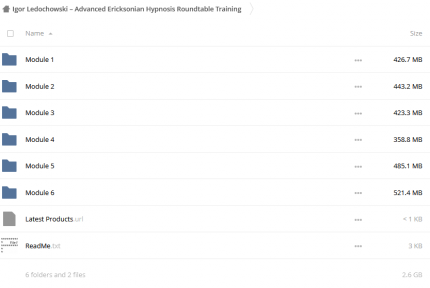
William Barry Inman – Influenza 2018: Nursing Strategies to Save Patient Lives
We are experiencing one of the worst flu seasons in recent years. All age groups have been hit hard. The reported child deaths are staggering. And heart breaking. At this point in the flu season, what can you do as a nurse….
William “Barry” Inman, BA-BS, CIC, who works as a liaison between the Department of Health in Florida and the CDC, will share the real case studies of young and middle aged patients who died this flu season. The possibility of inappropriate testing methodologies and delayed treatments with antivirals have been shown to be part of the current problems. This video is packed with the most up-to-date nursing strategies to step in, make a difference and save patient lives!
- Recommend appropriate treatment for patients with Influenza-like Illness.
- Explain the transmission cycle of Influenza to identify patterns to break it.
- Recognize the life-threatening complications of Influenza.
Influenza Types and Subtypes
- Influenza A: H3N2 or H1N1
- Influenza B: Yamagata and Victoria
- Influenza C
Complication of Influenza
- Cardiopulmonary
- Neurologic manifestations
- Bacterial co-infections
Transmission Routes
- Droplet vs. airborne
- Aerosol generating procedures
- Direct contact
- Climate (cold-low humidity)
Prevention of Influenza
- Vaccinations (types)
- Isolate/Quarantine
- Droplet precautions
Treatment of Influenza
- Neuraminidase inhibitors
- Peramivir
- When to treat
Aspects of Seasonal Influenza 2017-2018
- Increased virulence?
- Affecting “baby boomers”
- Death rates this year
What is health?
The word health refers to a state of complete emotional and physical well-being. Healthcare exists to help people maintain this optimal state of health.
According to the Centers for Disease Control and Prevention (CDC), healthcare costs in the United States were $3.5 trillionTrusted Source in 2017.
However, despite this expenditure, people in the U.S. have a lower life expectancy than people in other developed countries. This is due to a variety of factors, including access to healthcare and lifestyle choices.
Good health is central to handling stress and living a longer, more active life. In this article, we explain the meaning of good health, the types of health a person needs to consider, and how to preserve good health.
In 1948, the World Health Organization (WHO)Trusted Source defined health with a phrase that modern authorities still apply.
“Health is a state of complete physical, mental, and social well-being and not merely the absence of disease or infirmity.”
In 1986, the WHOTrusted Source made further clarifications:
“A resource for everyday life, not the objective of living. Health is a positive concept emphasizing social and personal resources, as well as physical capacities.”
This means that health is a resource to support an individual’s function in wider society, rather than an end in itself. A healthful lifestyle provides the means to lead a full life with meaning and purpose.
In 2009, researchers publishing inThe LancetTrusted Source defined health as the ability of a body to adapt to new threats and infirmities.
They base this definition on the idea that the past few decades have seen modern science take significant strides in the awareness of diseases by understanding how they work, discovering new ways to slow or stop them, and acknowledging that an absence of pathology may not be possible.
William Barry Inman – Influenza 2018: Nursing Strategies to Save Patient Lives
Readmore About : William Barry Inman










































Reviews
There are no reviews yet.